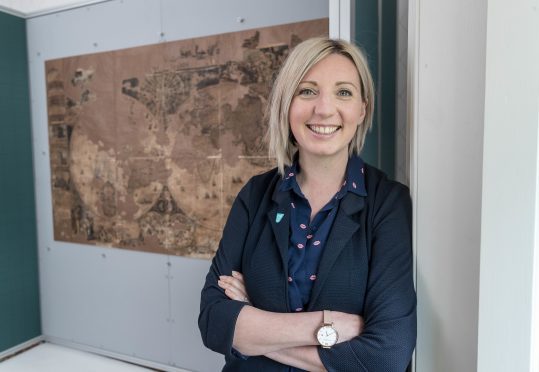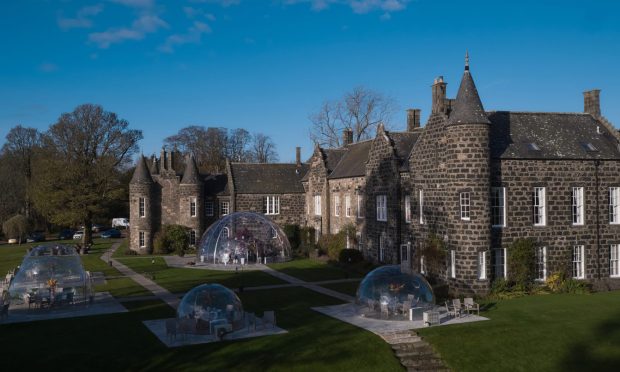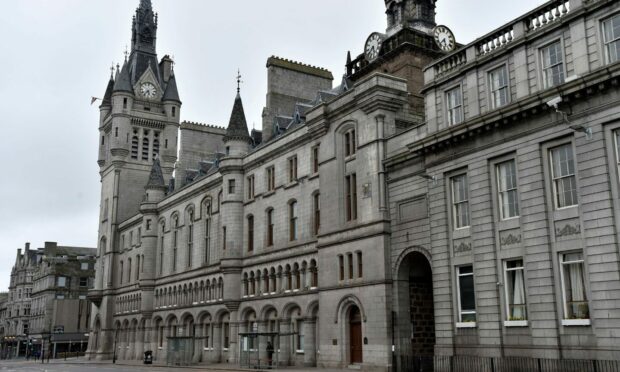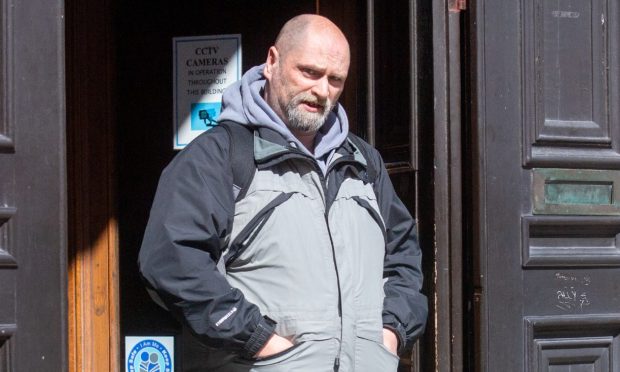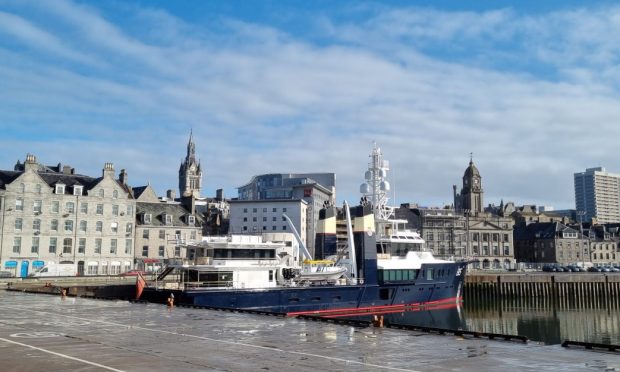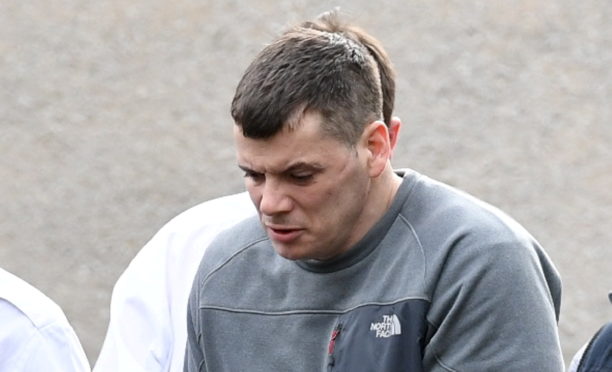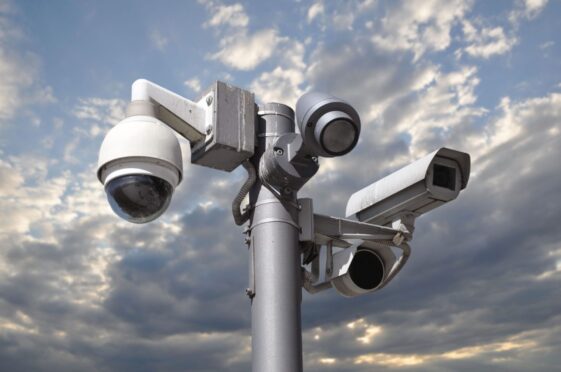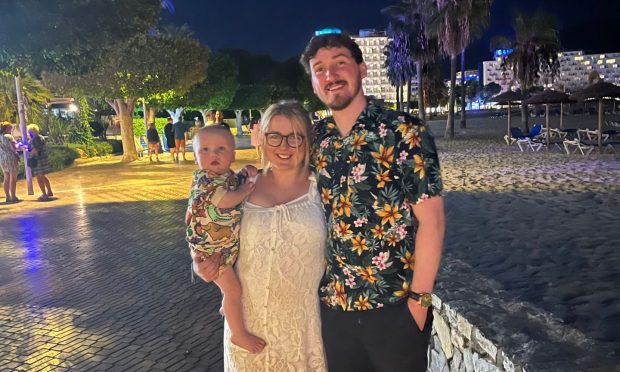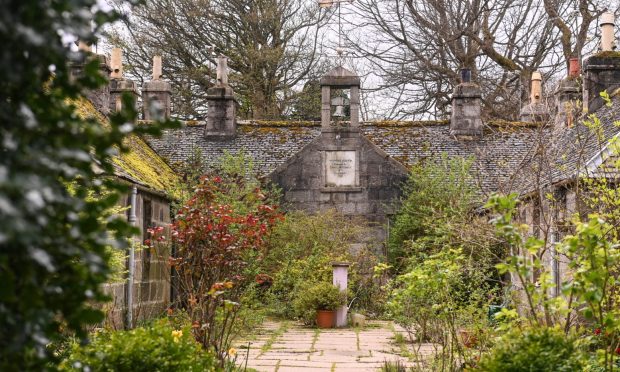A rare 17th-century map of the world, which was discovered hidden under the floorboards of an Aberdeenshire country house, is to go on display after being returned home.
The “chimney map”, so called because it was found close to a flue, is just one of three of its kind in existence.
Created by the Dutch engraver Gerald Valk, it was discovered in the Drumnahoy Mill House, part of the Castle Fraser estate, in the 1980s.
The rare artefact was in very poor condition and was thought to have been stuffed under floorboards close to a chimney for many years.
It was taken to the National Library of Scotland in Edinburgh where it underwent hundreds of hours of painstaking conservation work and was later put on display.
Earlier this month, it was returned home on loan from the museum and will now be exhibited inside the castle, which is managed by the National Trust for Scotland (NTS).
Drumnahoy House owner Robert Paterson and his daughter, who slept in the room where the map was discovered, were at the site to welcome the map when it was piped into the castle.
Paula Swan, NTS property manager, said: “With its intricate illustrations and missing sections, the map is a mysterious document. It was hidden away under floorboards for years, and really, we don’t know how it came to Aberdeenshire in the first place.
“It may have belonged to the castle but we aren’t sure. We’re hoping that working with the local community and schools will help us uncover more of this fascinating story.”
The team at the castle will be working with local schools and the community to uncover more about its fascinating story over the coming months.
The NTS is now urging anyone who has information about the history of the map or who would be interested in unearthing more of its past, to contact pswan@nts.org.uk.
The exhibition runs until October 31.
